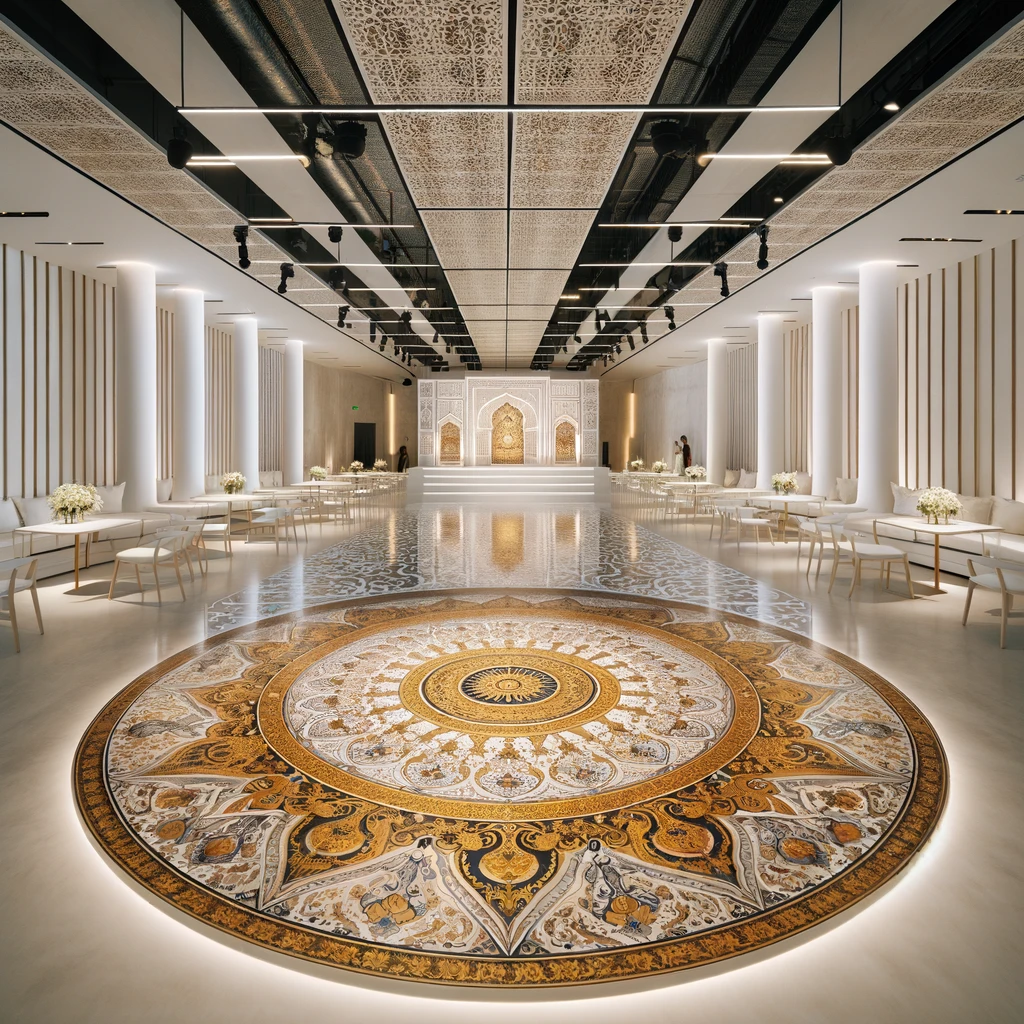Brightening Ingenuity Through Hue Principles within Illuminated Dance Surface Creations
Brightening Ingenuity Through Hue Principles within Illuminated Dance Surface Creations
Blog Article
Hue theory is an crucial element of design, particularly when it comes to designing light-emitting diode dance surfaces. The interplay of colors can significantly influence the atmosphere and energy of a space. Through understanding how colors function together, designers can create an environment that improves the overall experience for participants. This article explores the basics of hue principles and its use in LED dance floor layouts.
The main colors are red, blue, and golden. These hues cannot be created by blending different colors together. Secondary colors, such as green, orange, and purple, are created by combining primary colors. Third-level hues are created by mixing a primary color with a intermediate hue. Grasping these fundamental relationships helps designers choose colors that complement one another and create a visually pleasing show. Mixing these hues on an light-emitting diode dancing surface can result to vibrant and stimulating effects that attract the attention of dancers.
Hue value also holds a key part in aesthetics. Colors can be categorized as hot or cool. Warm colors, such as red, orange, and golden, often to elicit feelings of enthusiasm and heat. In opposition, chill colors like blue, green, and purple typically create a serene and soothing environment. Creators can utilize these hue values to set the mood for different kinds of occasions. For example, a celebration atmosphere may benefit from warm hues that invigorate the audience, while a further relaxed occasion might use cool hues to provide a calming effect.
In furthermore to color combinations and value, brightness and saturation are vital factors to take into account. Luminosity denotes to how light or dim a color looks, while intensity indicates the intensity of a color. Bright, saturated hues can create a vibrant and lively environment, ideal for dancing floors. On the other hand, softer, lower intense colors can generate a further useful source muted environment. Through adjusting luminosity and intensity, designers can attract focus to specific areas of the dance surface or create visual pathways, guiding participants through the venue.
Finally, it is crucial to take into account the emotional impacts of color in LED dance surface designs. Different hues can evoke various feelings and reactions. For instance, crimson is often associated with zeal and energy, while blue can be soothing and tranquil. Grasping these connections allows creators to tactically use hues to influence the actions of participants. By incorporating like it hue principles into light-emitting diode dancing surface designs, creators can improve the total experience, making it unforgettable and pleasurable for everyone involved.